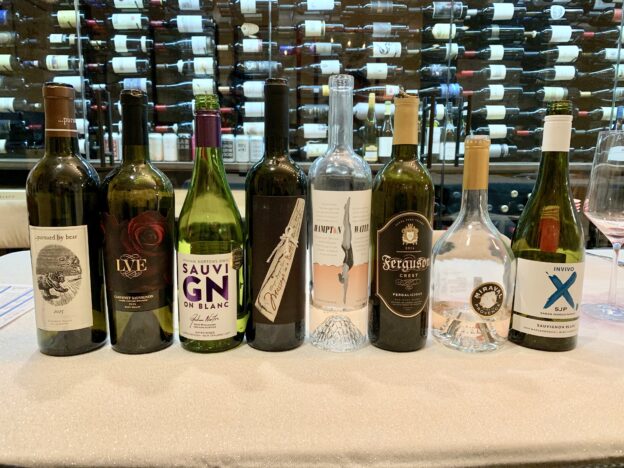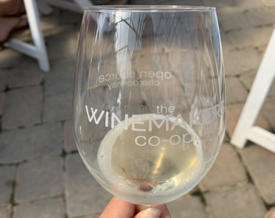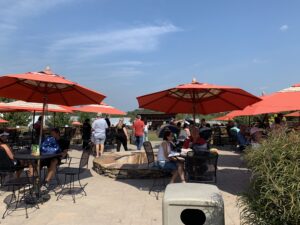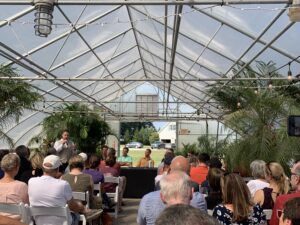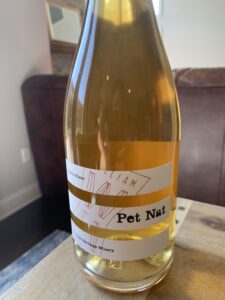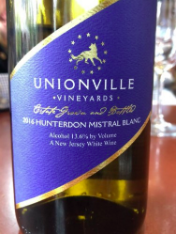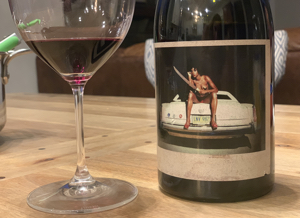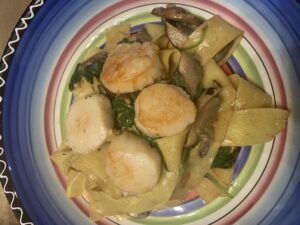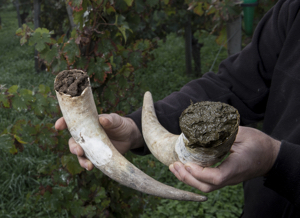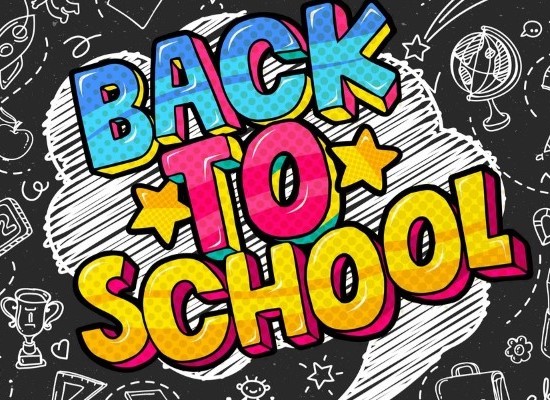My first CELEBRITY WINE THROWDOWN was a rousing success!!! I hosted the event in my wine cellar, serving eight curated celebrity wines. I paired the wines (2 rosés, 2 sauvignon blancs, 2 cabernet sauvignons, and two red blends) and competed them head-to-head in a tournament-style bracket, until we determined a single winning wine. There were plenty of fun and games along the way with points scored on celebrity trivia, picking out specific flavors and aromas in the wines, and coming up with the most unique tasting notes.
Although all of wines were enjoyable and we had a lot of fun tasting them, in life there are winners and losers. In reverse order, the results were…
8. InvivoX SJP by Sarah Jessica Parker, $15, Sauvignon Blanc, New Zealand
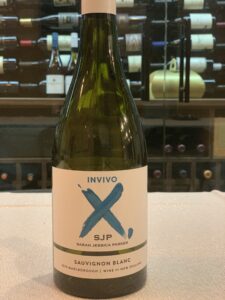
- Sarah Jessica Parker partnered with Invivo, a wine producer in New Zealand, to select the blend for this wine
- Intense flavors and aromas of honey and peach
- Very fruity, bordering on sweet, but with a tart finish
- Unfiltered guest feedback: “A sorority girl wine”
7. Fergilicious by Fergie, $35, Syrah Blend, Santa Ynez CA
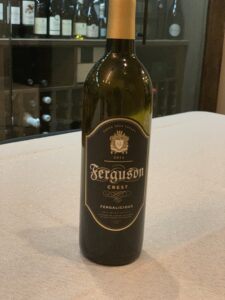
- Fergie is part-owner of Ferguson Vineyards with her father, who makes the wine and created this blend in her honor
- Favors of blackberry, black currant, pepper, and cloves
- Needs more tannin to balance out the almost too-sweet fruitiness
- One guest described this wine as a red version of the InvivoX SJP
- Unfiltered guest feedback: “A crazy one-night-stand that you regret in the morning, but was still satisfying.”
6. Miraval by Angelina Jolie and Brad Pitt, $20, Rosé, Provence (France)
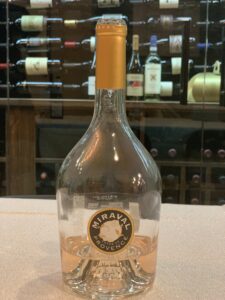
- Branjelina co-own this label with the Perrin family, who are winemakers. The grapes are grown on the Pitt-Jolie estate and Brad in particular is very involved in the vineyard and winemaking process.
- Aromas and flavors of pear, grapefruit, flowers and strawberry
- A very nice example of a classic Provence rosé, with bright fruit and aromatics
- Unfiltered guest feedback: “I don’t like rosé, but this I could drink, although the fruit was a bit sharp.”
5. Dive Into Hampton Water by Jon Bon Jovi, $20, Rosé, Languedoc (France)
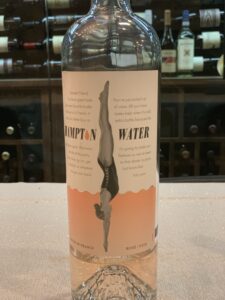
- This wine was the brainchild of Jon Bon Jovi’s son, Jesse, who convinced his dad to partner with him in this venture. Their vision was to create a super premium rosé, not a celebrity wine, which is why you won’t see Jon Bon Jovi’s name on the bottle.
- Aromas and flavors of apple, peach, melon, cream, brioche
- Since this wine is 25% aged in new French oak, it has a roundness and richer texture that softens the fruitiness
- Unfiltered guest feedback: “This doesn’t taste like rosé…in a good way.”
My guests had a hard time deciding between the Hampton Water and the Miraval. It came down to personal preference as to who liked the oak influence and who preferred the bright fruit. However, the edge ended up going to Hampton Water.
4. Message in a Bottle by Sting, $18, Sangiovese blend, Tuscany
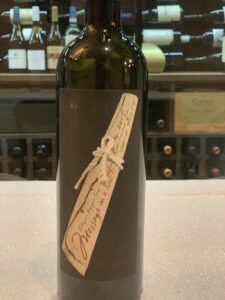
- This wine is made from grapes grown on Sting’s Il Palagio estate and is produced by a winemaker he partnered with. His wife, Trudy, is very involved in the business side of the wine operation while Sting admits his role is only to sing to the wine to make it better.
- Pepper, black currant, blackberry, cloves
- Everyone enjoyed this wine and agreed it was a good value
- However, one guest met Sting in person years ago and said he wasn’t very nice (although she used different words)
- Unfiltered guest feedback: “The wine is more approachable than Sting.”
3. Graham Norton’s Own by Graham Norton, $15, Sauvignon Blanc, New Zealand
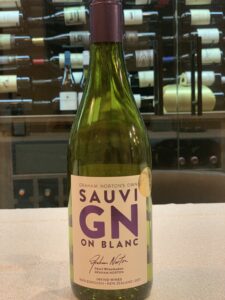
- Graham Norton partnered with Invivo (same producer as Sarah Jessica Parker), and is heavily involved in the process of determining the style of wine he wants and leading the blending efforts to achieve his vision. He is so passionate about it that he even invested in the Invivo business.
- Grapefruit, lemon, mango, pineapple and grass balanced by nice acidity
- This award-winning wine greatly impressed everyone with how much they enjoyed it
- A phenomenal value that is highly recommended by all of my guests
- Unfiltered guest feedback: “Wow, this is really good.”
2. LVE by John Legend, $60, Cabernet Sauvignon, Napa Valley
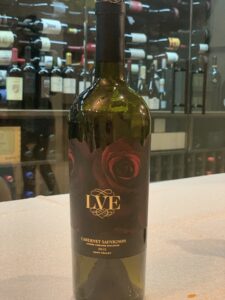
- As a lover of wine, John Legend had been looking to create a wine label where he could be heavily involved in the process. He partnered with Raymond Vineyards and defines the vision for the style of wine he wants, and blends alongside the winemaking team.
- Chocolate, cherry, pepper and tobacco
- Intense, full bodied and fruit forward, like one would expect from a Napa Cabernet
- Unfiltered feedback: “If you put your nose deep into the glass, you could almost get high.”
1. Pursued by Bear by Kyle MacLachlan, $56, Cabernet Sauvignon, Columbia Valley WA
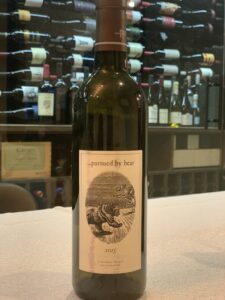
- Kyle MacLachlan, originally from Washington state, had a lifelong love of wine and was involved in the wine world for a long time before starting his own label. His mentors were Ann Colgin and Marc Aubert, prestigious Napa Valley winemakers. For his label, he hired a winemaker, but is heavily involved in the process from sourcing the grapes to making the blends, and he even has a serious passion for oak barrels.
- Intense aromas of blackberry, smoke, fig, mushroom, plum and bramble, with a smooth palate that strikes a graceful balance between fruit, oak and tannins.
- Absolutely delicious, refined and very well balanced. An excellent value, worth every penny.
- Unfiltered guest feedback: “It’s like sitting in a soft leather chair by a fire after eating an amazing porterhouse steak.”
Ultimately, it came down to a Cabernet face-off between John Legend’s LVE and Kyle MacLachlan’s Pursued by Bear. My guests flipped their votes back and forth for a while before settling on a winner. Both wines are in the $55-60 price range with celebrity owners that are passionate and involved in their wine projects. The LVE is a full-bodied, bold and intense Napa Valley Cab, but it was beaten out by MacLachlan’s big, yet more refined, Columbia Valley, WA Cabernet. Pursued by Bear was described as smooth and easy to polish off an entire bottle in one sitting, whereas my guests felt the LVE was delicious, but needed to be paired with food to balance some of its intensity.
In a very close third place was Graham Norton’s Sauvignon Blanc. All of my guests had a personal preference for big reds, but if they were white wine drinkers, Graham Norton’s wine may very well have carried the day. It is an excellent example of a quintessential New Zealand Sauvignon Blanc, with tropical fruit flavors that are balanced by bright acidity and a grassy character. This is an unbeatable value at $15.
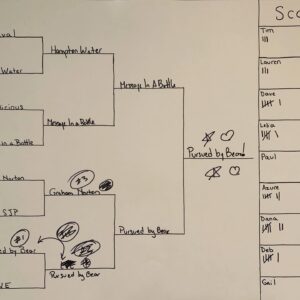
Stay tuned for Volume 2 of the CELEBRITY WINE THROWDOWN. I have more celebrity bottles that will be tasted soon!!!
